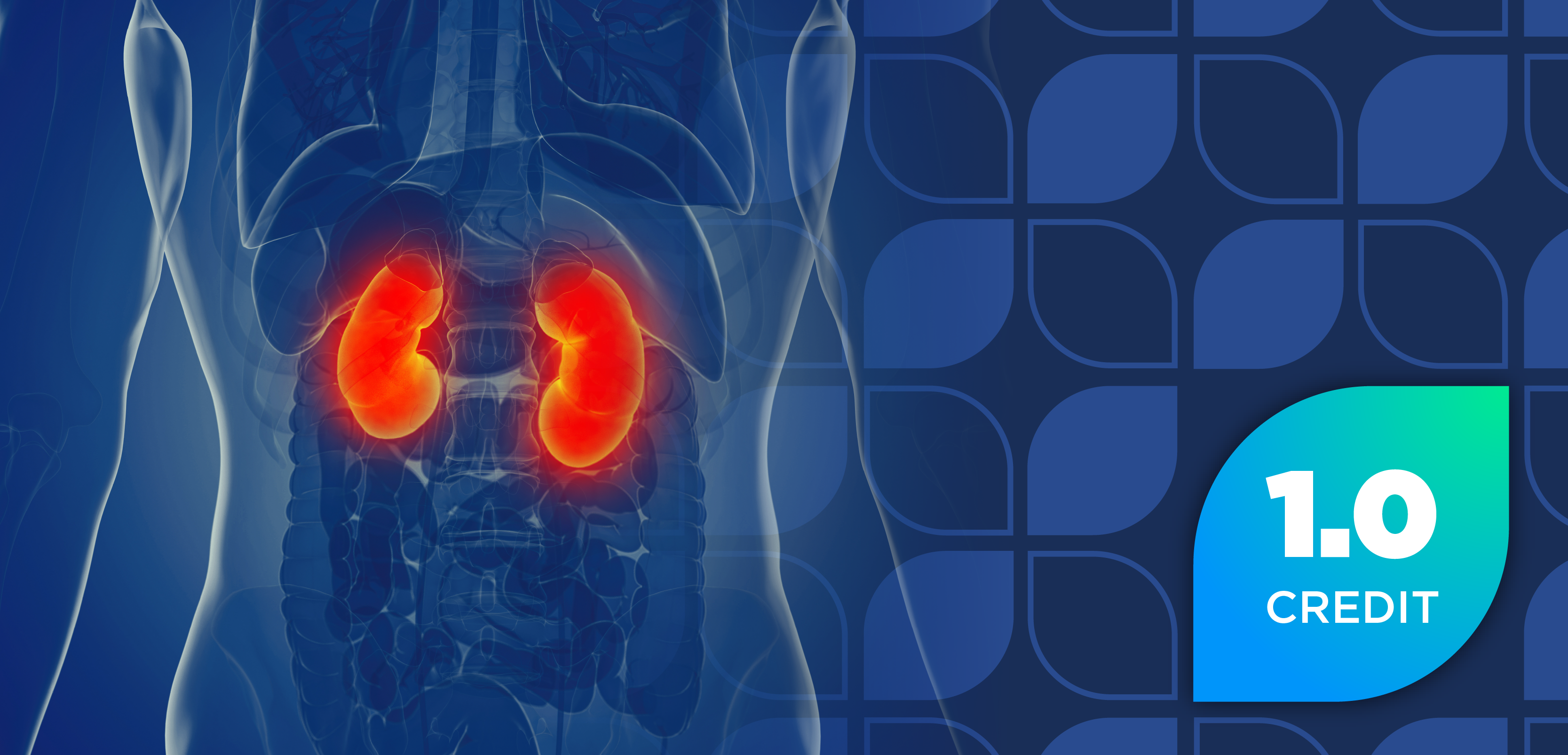
Headache or Harm: A Pharmacist’s Role in Differentiating Complement Inhibitor Adverse Effects
Key Takeaways
- Headaches from complement inhibitors are common, mild, and transient, caused by nitric oxide-mediated changes due to reduced hemolysis.
- Differentiating benign treatment-related headaches from those caused by bacterial meningitis is crucial due to the high infection risk.
Pharmacists play a crucial role in managing headaches in patients on complement inhibitors for PNH, ensuring proper education and risk mitigation strategies.
Headaches are one of the most common and underrecognized adverse effects in patients receiving complement inhibitors (eg, eculizumab, ravulizumab, iptacopan) for paroxysmal nocturnal hemoglobinuria (PNH), a rare hematologic disorder. Although effective in reducing intravascular hemolysis, these agents also come with risks, including the challenge of distinguishing benign treatment-related headaches from life-threatening bacterial meningitis.1
A new symptom management overview published in the Journal of Hematology Oncology Pharmacy highlights the need for pharmacists to support accurate symptom identification and patient education when managing complement inhibitor therapy. It reviews how nitric oxide (NO)-mediated headaches commonly occur early in therapy but differ in presentation and urgency from headaches caused by meningococcal meningitis, for which these patients are at greatly increased risk.2
Complement inhibition preserves NO levels by reducing hemolysis and free hemoglobin in circulation. This transient physiologic adjustment is thought to cause headaches early in treatment, particularly with agents like eculizumab (Soliris; Alexion) and pegcetacoplan (Syfovre; Apellis). These headaches are usually mild to moderate, diffuse, and short-lived, often resolving after the initial 2 weeks. Management typically involves nonopioid analgesics such as acetaminophen.2
In contrast, bacterial meningitis presents with diffuse, sudden-onset headaches, often accompanied by fever and neck stiffness. This condition requires immediate antimicrobial treatment and is considered a medical emergency. Because patients on complement inhibitors have a 2000-fold increased risk of meningococcal infection, differentiating between these 2 headache types is essential.2
Pharmacists have a key responsibility in patient education and risk mitigation. Ensuring patients are up to date on required vaccines (meningococcal ACWY, group B, pneumococcal, and Haemophilus influenzae type B) is essential, especially under Risk Evaluation and Mitigation Strategy requirements for these drugs. If complement inhibitor therapy must begin before immunity develops, prophylactic antibiotics are recommended.2
Pharmacists should also advise patients on safe and effective headache management. Acetaminophen is preferred due to its NO-modulating properties and safer bleeding profile compared with nonsteroidal anti-inflammatory drugs, especially in patients with thrombocytopenia. Liver function should be considered when recommending dosing, with a general maximum daily dose of 4 g in healthy adults.2
As newer complement inhibitors are approved, pharmacists must remain vigilant in monitoring adverse effects, guiding proper vaccination and prophylaxis, and helping distinguish between drug-related adverse effects and infectious complications. Timely intervention and symptom recognition can significantly reduce complications and improve patient outcomes in this high-risk population.2
REFERENCES
1. How do complement inhibitors work? RxList. Updated September 5, 2023. Accessed August 6, 2025. https://www.rxlist.com/how_do_complement_inhibitors_work/drug-class.htm
2. Fold L, Inayan N, Arnall J. Identification, significance, and management of complement inhibitor-induced headaches in patients with paroxysmal nocturnal hemoglobinuria. J Hematol Oncol Pharm. 2025;15(3).
Newsletter
Stay informed on drug updates, treatment guidelines, and pharmacy practice trends—subscribe to Pharmacy Times for weekly clinical insights.












































































































































































































